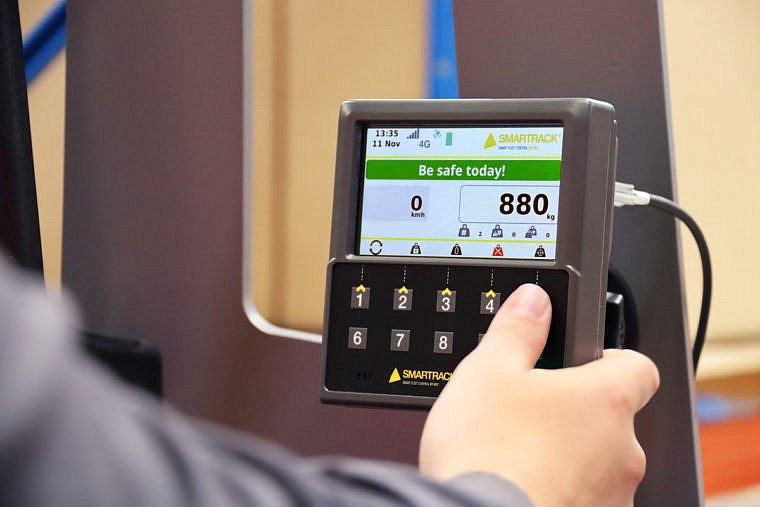RCT Senior Business Development Manager – Industrial, Grahame Don provides some helpful advice for Logistics and Warehouse managers in the materials handling industry to further optimise their company’s operations.
1. Brand agnostic Fleet Management Systems
Data is becoming an increasingly important tool to enable Managers to make more informed decisions throughout many areas of the workplace.
Fleet Management Systems (FMS) assist in providing data in relation to mobile plant – this information is often used to better manage fleet size and maintenance by monitoring utilisation. Other features can assist with compliance, training and safety.
Especially, if you have a business that runs a variety of equipment from different suppliers I’d recommend a brand agnostic FMS such as SmarTrack® Global. This will spare the administration of different FMS platforms and the cost of combining data from different FMS that often use different units of measurement.
2. Manage operator access
A common feature of FMS is the ability to control who operates your equipment and which equipment they can operate. Some include the ability to conduct Check Lists and combine with additional features such as Speed Zoning. Ideally, the FMS should be capable of operating on a range of equipment.
For example, in a warehouse environment forklifts, order pickers, sweepers and burden carriers ideally could use a common platform. A platform that is capable of being used across multiple sites, even multiple countries regardless of the Original Equipment Manufacturer (OEM) brand.
3. Out of Service Reporting
Understanding why your fleet isn’t working can be equally as important as knowing what is working. When considering fleet management products consider systems that enable you to understand your “down-time”. Is it always the same piece of plant? Is the Down-Time planned? Understanding more about this aspect can assist in better planning of maintenance, asset planning and cost management.
4. GPS Zoning
GPS Speed Zoning is a readily available feature which provides a geofencing solution for equipment that requires strict speed control within specific areas of various industrial operations.
In conjunction with Speed Limiter devices logistics managers can pre-program specific speed settings for different types of equipment based on any number of unique requirements for operations.
For example counterbalance forklifts can be programmed for a certain slow speed while inside an air freight handling warehouse or in an area where you can expect pedestrians.
But if that forklift ventures out onto the tarmac for any reason it can enter a separate zone then operators will have different factors to contend with and have access to higher speeds. This sort of feature is more suitable for more spread out, open sites and is very flexible as managers can alter zone parameters easily.
5. Safety devices
Installing simple pieces of equipment such as safety lighting is a cost effective way to protect warehouse personnel and meet Occupation Health and Safety rules.
Halo zones and Smartspots awareness technology take the form of lighting beams specifically designed to be fitted onto machinery and project a visual caution mark onto the floor of your warehouse.
This alerts nearby people and other machine users that a vehicle is approaching and that they should move to a safe area. Safety features like these are becoming an increasingly important part of industrial operations.
Also Read
Technology leading the way at African diamond mine

